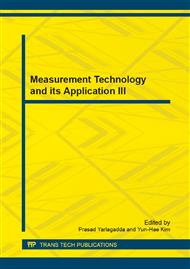p.827
p.831
p.835
p.842
p.848
p.852
p.858
p.863
p.868
Deep Boltzmann Machines Aided Design Based on Genetic Algorithms
Abstract:
To resolve the problem of no guidance about how to set the values of numerical meta-parameters and difficulty to achieve optimization of Deep Boltzmann Machines, genetic algorithms are used to develop an automatic optimizing method named GA-RBMs (Genetic Algorithm-Restricted Boltzmann Machines) for this model’s aided design. Based on the Restricted Boltzmann Machines’ features and evaluation function, a genetic algorithm is designed and realizes the global search of satisfied structure. We also initialize the network’s weights to determine the number of visible units and hidden units. The experiments were conducted on MNIST digits handwritten datasets. The results proved that this optimization reduced the dimension of visible units and improved the performance of feature extracted by Deep Boltzmann Machines. The network optimized has good generalization performance and meets the demand of Deep Boltzmann Machines’ aided design.
Info:
Periodical:
Pages:
848-851
Citation:
Online since:
June 2014
Authors:
Price:
Сopyright:
© 2014 Trans Tech Publications Ltd. All Rights Reserved
Share:
Citation:


